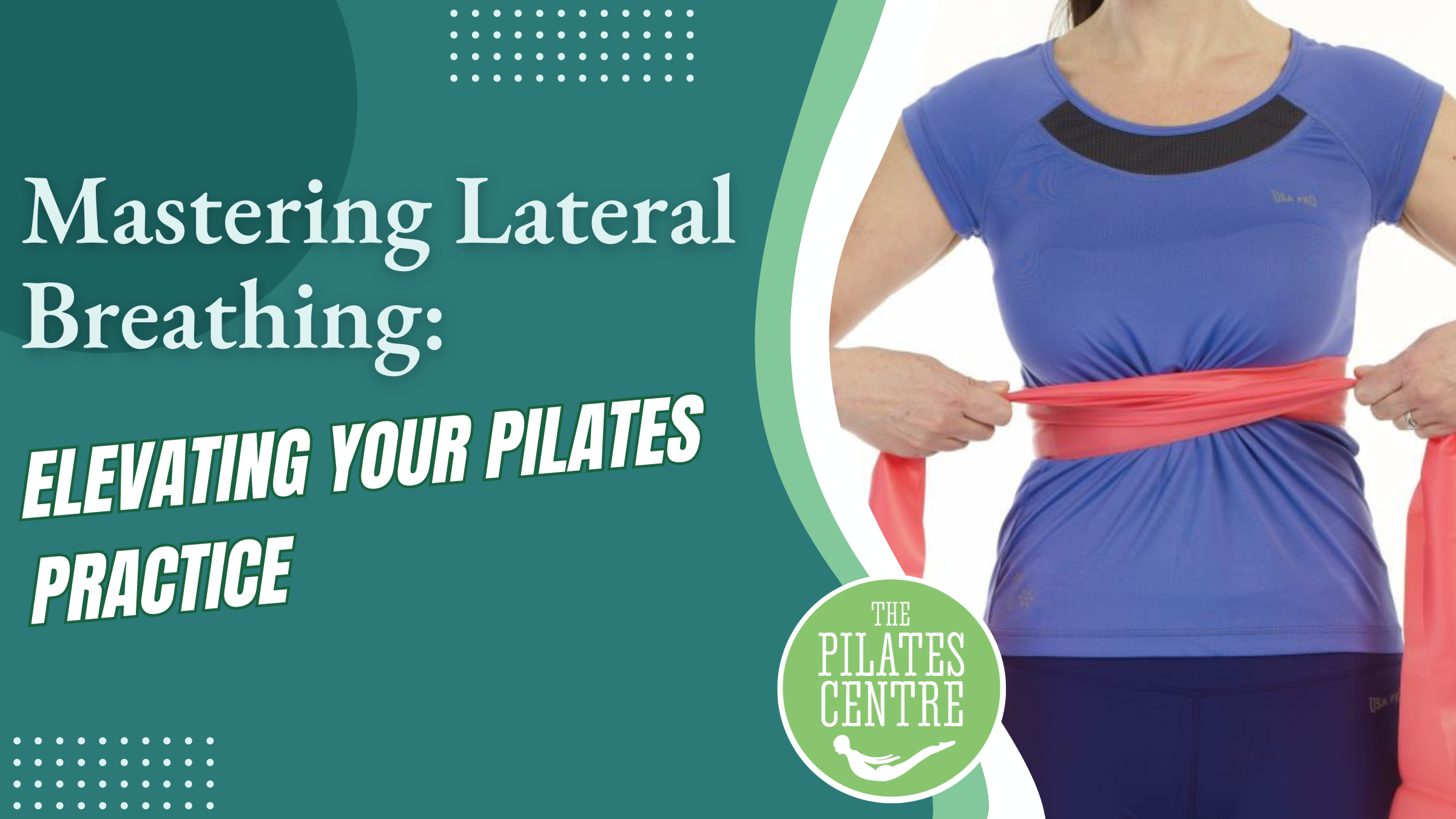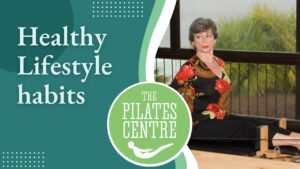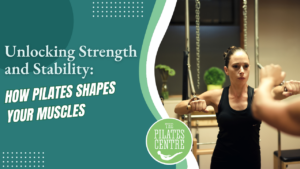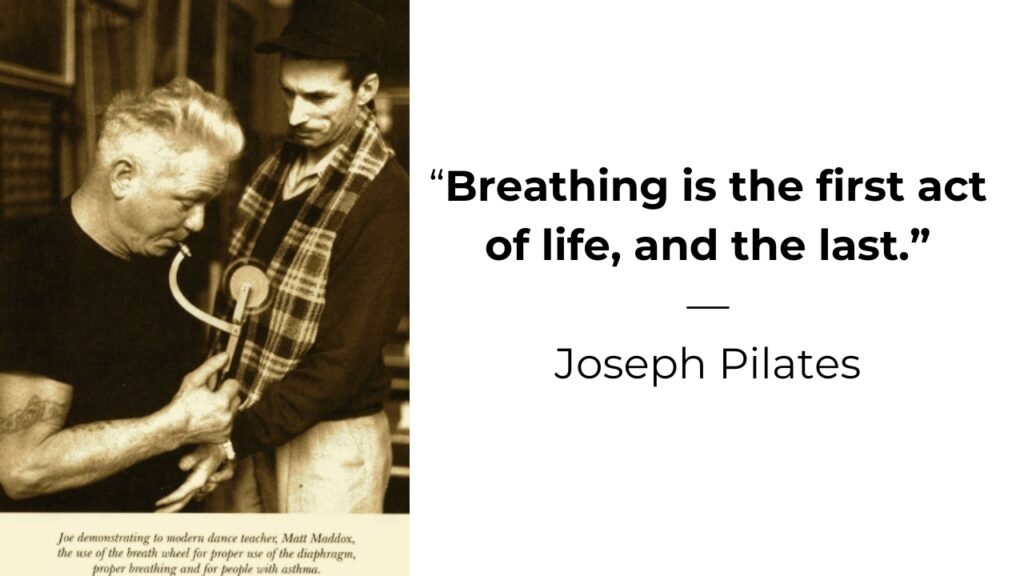
Introduction
Welcome to the world of Pilates, where every breath is a movement and every movement a breath. In this intricate dance between body and breath, mastering the art of breathing becomes not just a skill but a foundational principle. The most transformative breath used in the Pilates method is: lateral breathing, also known as intercostal breathing. In this comprehensive guide, we’ll explore the nuances of lateral breathing, its myriad benefits, and how to seamlessly incorporate it into your Pilates routine, propelling your practice to new heights.
Understanding Lateral Breathing
Lateral breathing is not just a technique; it’s a philosophy—a way of harmonizing breath with movement to achieve optimal stability, alignment, strength, and flexibility. At its core, lateral breathing involves directing the breath into the ribcage rather than the belly, allowing for expansion and contraction of the ribcage with each inhale and exhale. This pattern of breath engagement ensures that the core remains active and engaged throughout the movement, providing stability and support from within. It also helps with pelvic floor strength as the diaphragm works to push into the pelvic floor and lift it up during breathing.

How to Practice Lateral Breathing
While mastering lateral breathing may seem daunting at first, it’s entirely achievable with consistent practice and mindful awareness. Here’s a step-by-step guide to help you navigate this transformative breathing technique:
- Core Engagement: Before you begin, focus on engaging your core muscles, particularly the transverse abdominis, to create a strong foundation for the breath.
- Ribcage Expansion: As you inhale, visualize the breath expanding laterally into the ribcage, like an accordion opening up and expanding.
- Exhalation Control: On the exhale, draw the navel towards the spine, allowing the ribs to gently close, like the graceful contraction of an accordion.
- Utilize Resistance: To deepen your understanding of lateral breathing, consider using a resistance band or placing your hands around the ribcage to feel the expansion and contraction more distinctly.
- Incorporate Movement: Integrate lateral breathing into your Pilates movements, maintaining the rhythm of inhale and exhale with each motion, ensuring fluidity and precision.

Benefits of Lateral Breathing
The benefits of mastering lateral breathing extend far beyond the confines of the Pilates studio. By embracing this technique wholeheartedly, you stand to gain:
- Core Strength: Lateral breathing engages the deep core muscles, promoting stability and balance throughout the body.
- Improved Oxygenation: Deep, intentional breaths enhance oxygen delivery to the brain and muscles, optimizing performance and recovery.
- Postural Alignment: By maintaining proper alignment and engagement, lateral breathing fosters a sense of length and grace in movement, reducing the risk of injury.
- Mind-Body Connection: The rhythmic flow of breath cultivates mindfulness and presence, allowing you to connect more deeply with your body and movements.
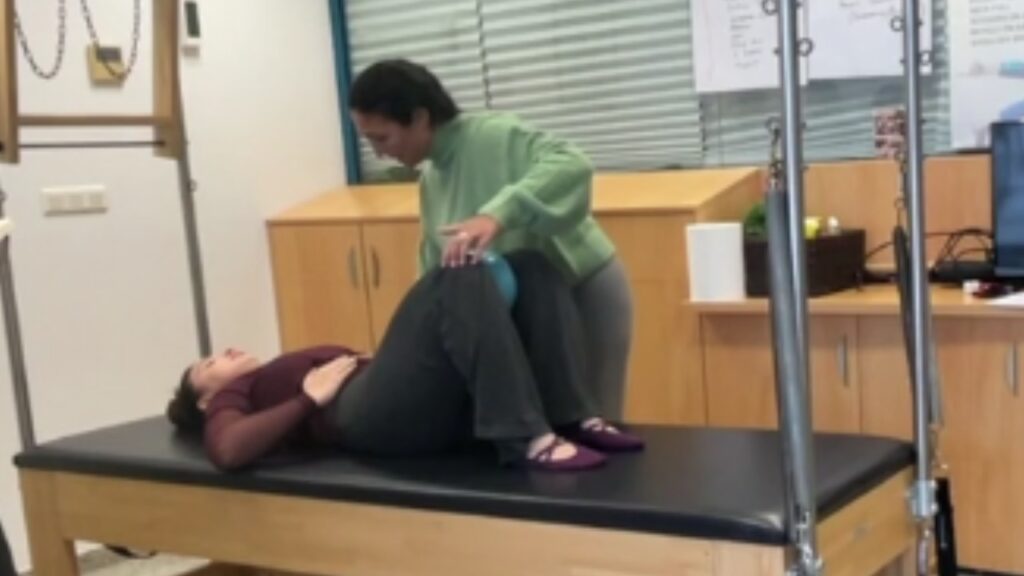
Why Lateral Breathing Matters in Pilates
Joseph Pilates, the visionary founder of Pilates, understood the profound connection between breath and movement. He believed that by mastering the breath, one could unlock the full potential of the body, mind, and spirit. Today, scientific research confirms the efficacy of lateral breathing in enhancing physical performance and overall well-being:
- Ribcage Mobilization: Lateral breathing promotes mobility and flexibility in the ribcage, reducing tension and compression in the spine, and facilitating fluid movement.
- Respiratory Health: In an age marked by respiratory challenges, mastering lateral breathing becomes imperative for maintaining lung health and resilience.
- Holistic Wellness: Beyond the physical benefits, lateral breathing promotes emotional and mental well-being, reducing stress, and promoting a sense of calm and centeredness.
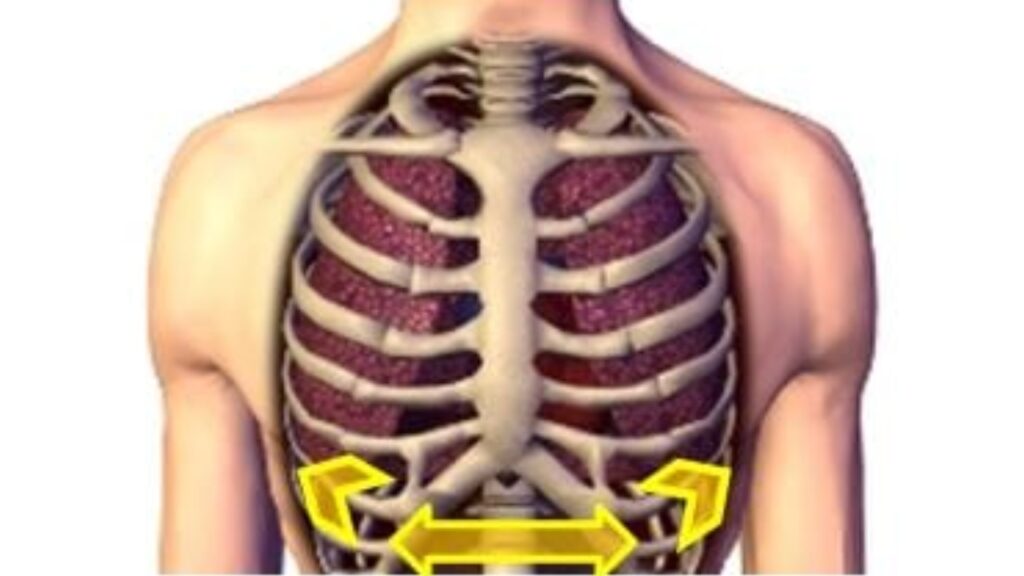
Conclusion
In the tapestry of Pilates, where movement is medicine and breath is vitality, lateral breathing emerges as a guiding light—a beacon of strength, stability, and grace. By embracing this foundational technique, you embark on a journey of self-discovery and transformation, unlocking the limitless potential of your body, mind, and spirit. So, let each inhale and exhale be a testament to your commitment to growth and well-being, as you breathe life into your Pilates practice and beyond.
For inquiries or to embark on your Pilates journey, contact Pilates Centre today at +34 610 30 60 05 or email info@pilatescentre.es.

John McCallum
is an esteemed, Fully Certified Comprehensive Classical Pilates Teacher and takes immense pride as the proprietor of the distinguished Pilates Centre located in Jalon, Spain. His remarkable journey in the realm of Pilates commenced back in 2006, a pivotal juncture when he confronted the diagnosis of three slipped discs in his lower back. Pilates emerged as a beacon of profound hope and rejuvenation in his life. Instead of succumbing to the prospect of surgical intervention, Pilates gracefully assumed the role of his lifeline.
This transformative experience impelled him to make a resolute decision that would reshape his life’s trajectory. Following his journey to become a Pilates Teacher, he passionately extended the benefits he had personally garnered to those in need. This also took him to travel to other countries to continue to learn and have a fuller understanding of the method.
Fueled by an unwavering passion for Pilates, he has forged a dynamic collaboration with a reputable research institution. This strategic alliance enables him to deliver precise and illuminating insights, fostering support and empowerment for individuals interested in the power of this method. His literary contributions have garnered distinction within an array of esteemed global publications.

